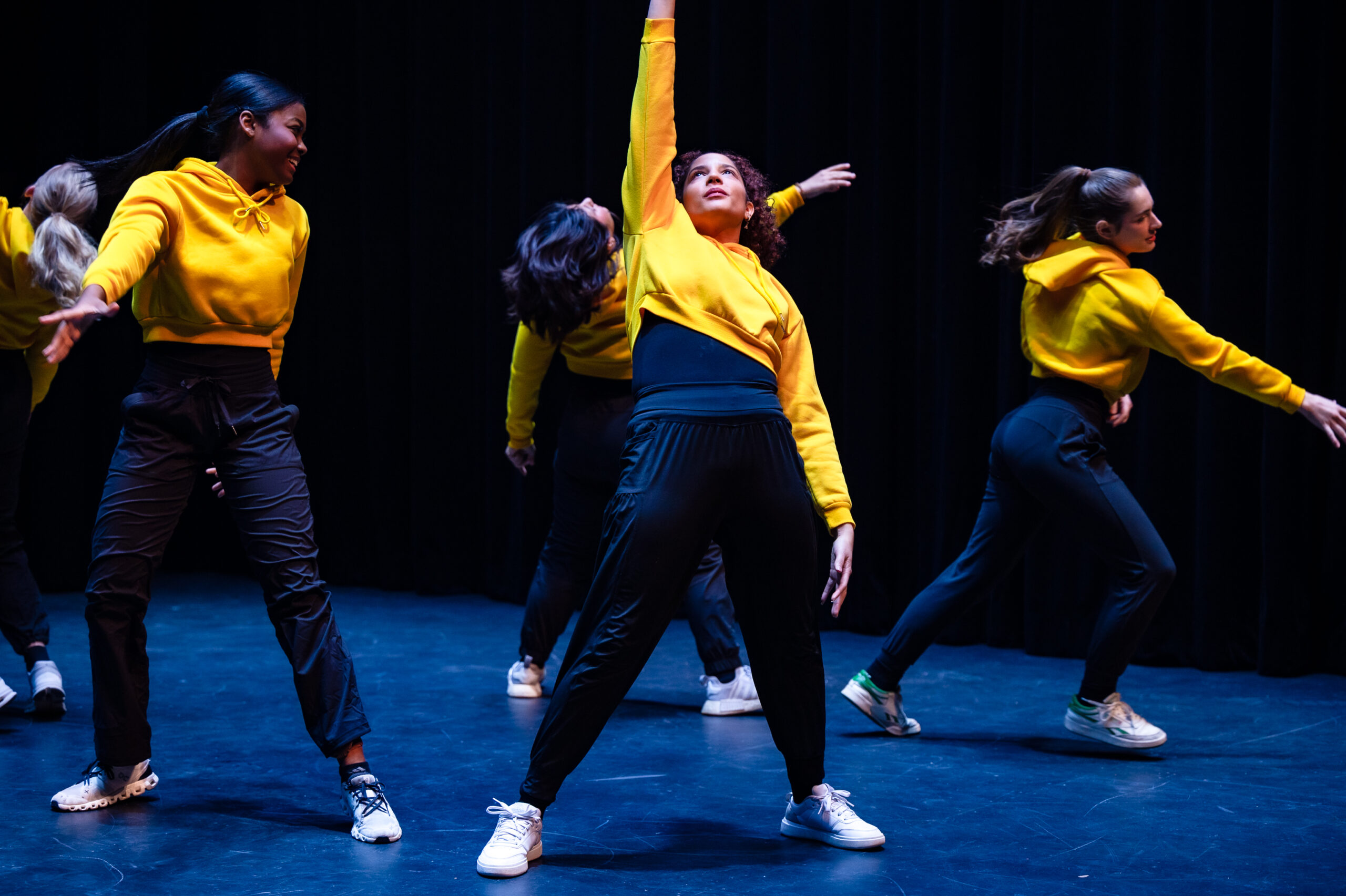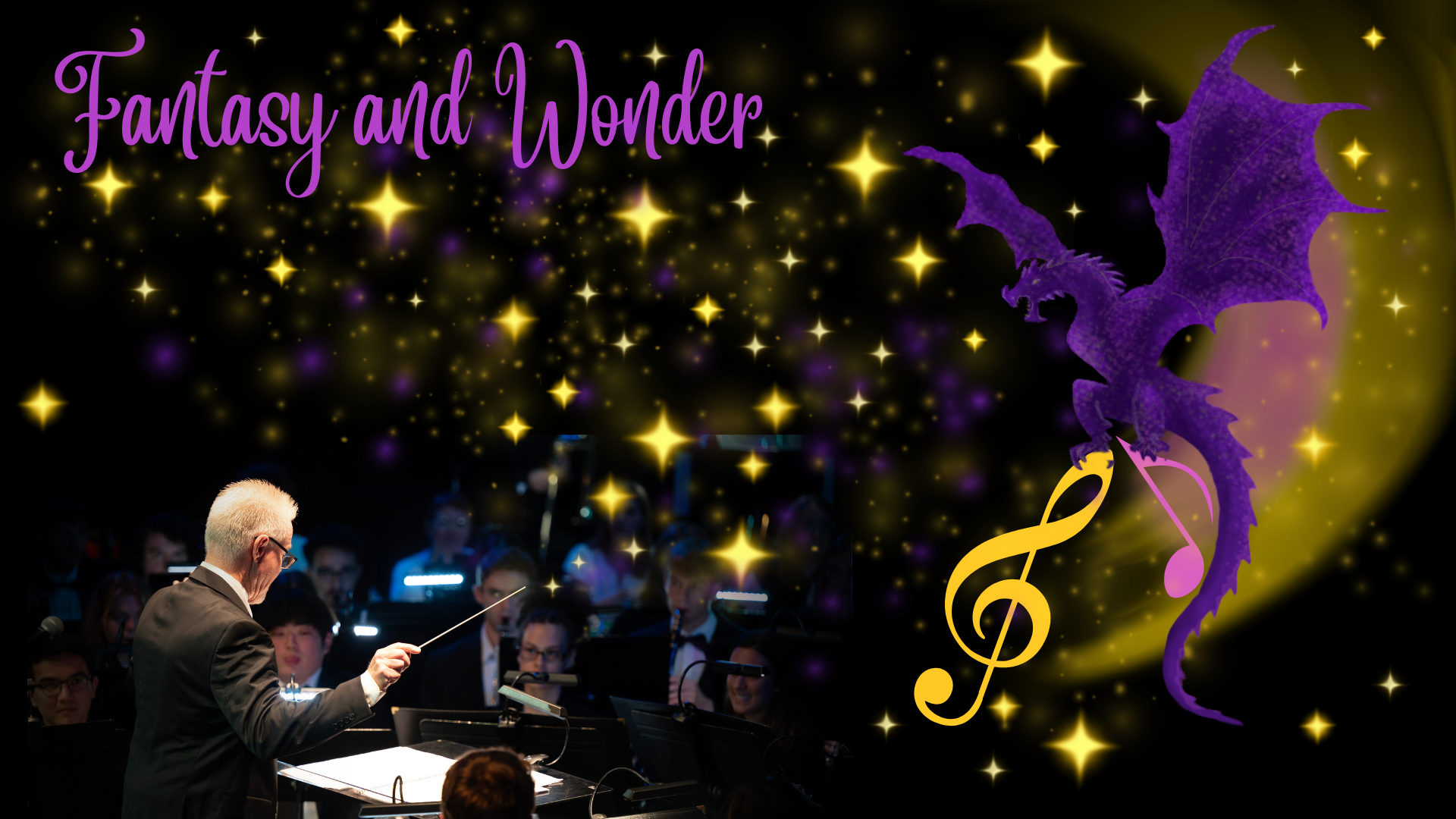Dance, Theatre, and Music Departments Team Up for Klimt’s Vienna: Art on the Brink
Gustav Klimt was central to Vienna’s artistic and musical worlds at the turn of the 20th century. His circle included not only other painters but also influential artists and thinkers across many disciplines. To commemorate the 100th anniversary of his death, the Music Department and the Dance Program at NC State have teamed up to produce KLIMT’S VIENNA: ART ON THE BRINK. The performance will take place on November 18, 2018, at 4 p.m. in Stewart Theatre.
The program includes multidisciplinary work set to the music of Klimt’s contemporary, Gustav Mahler, that combines music, dance and visual art in a real-time, three-dimensional creation of a new artwork choreographed by NC State Dance Program director Tara Z. Mullins. Dr. Peter Askim will conduct the program and the concert will include the world premiere of a composition inspired by Klimt’s work by Japenese-American composer/cellist Paul Wiancko.
Portrait of Adele Bloch-Bauer I and Walter Serpents II
The NC State Dance Program’s piece is based on two of the women in two of Klimt’s paintings, Portrait of Adele Bloch-Bauer I and Walter Serpents II.
The piece will be performed to Gustav Mahler’s Adagietto from Symphony no. 5. College of Design graduate student Sarah Fisher is designing the projections for this piece and Adrienne McKenzie from University Theatre is designing the costumes.
The Dance Program is so excited to have this opportunity to work with so many talented people for this performance. We hosted a Q&A with Tara Mullins and Adrienne McKenzie to learn more about the collaboration and program. Keep reading for all the fun details including Tara and Adrienne’s favorite parts and biggest challenges, and purchase your tickets online or at 919-515-1100.
Q&A with Tara Mullins
Q. What was your influence for the duet?
A. Dr. Peter Askim, Dept. of Music faculty and Raleigh Civic Symphony director, approached me last spring with an idea for a collaboration based on Gustav Klimt’s work. He wanted to have dancers perform while the symphony played Gustav Mahler’s Adagietto from Symphony no. 5. From there my wheels were turning! I spent last summer researching Klimt and two of my favorite portraits – Portrait of Adele Bloch-Bauer and Water Serpents II.
Q. What is your favorite part of the duet?
A. How well the dancers work together and how invested they are in the characters. And I LOVE the music.
Q. Can you tell us a little about what we can expect to see in the duet?
A. I choose two incredible dancers from the NCSU Dance Company – Gini Brown and Jenna Finkelstein – for their technical and performance ability, but also for their resemblance to the women in the two paintings. Gini looks like the women in Water Serpents II and Jenna looks like Adele. From there we researched, investigated and explored who these women were, their place in society, their families, their homes, the way they moved, what they wore, etc. Movement vocabulary was then created from the portraits and their stories. This duet represents these two very different subjects of Klimt’s paintings, in a very layered way, even delving into the possibility of how they may have felt about one another and whether their lives actually intersected.
Q. What was the most challenging part of choreographing this dance?
A. Staying consistent with the contrasting movement quality and emotional state of the two women, and knowing when that could overlap or blur.
Q. What was it like working with Adrienne and the other NC State faculty and staff on this production?
A. Amazing! I absolutely love working with my colleagues in Arts NC State. Both Peter and Adrienne are brilliant artists and it is an honor to work with them.
Q. How does this differ from some of the other works that the NC State Dance program has produced?
A. We often don’t have live music, so that is very special for us. When the dancers perform this piece in their spring concert we will have to use recorded music. When I create work the movement is often a metaphor for a range of things such as emotional states, spiritual beings, etc.. For this, the dancers are truly becoming human beings that existed in our history.
Q. What dancers are participating?
A. Gini Brown who is a senior double majoring in biochemistry and plant biology from Fort Mill, S.C. and Jenna Finkelstein who is a sophomore majoring in biochemistry from Raleigh.
Q. What do you have coming up next?
A. The Fall Concert on 11/15 and 11/16 will feature both companies as well as independent study and practicum student choreography. I will soon begin choreographing Cabaret for University Theatre, which is Feb. 20-24. The NCSU Dance Company concert is April 11 and 12, where this duet will be featured as well as a new piece influenced by the Gregg exhibition Rural Avant-Garde: The Mountain Lake Experience, a collaboration with dance faculty member Autumn Mist Belk.
Q. What do you dance around the house too?
A. Billy Joel…well actually right now the Cabaret soundtrack!
Interview with Adrienne McKenzie
Q. What types of fabrics can we expect to see?
A. Obviously “metallic” (without being gaudy) was important – things that would translate in their own way the element of “gold leaf” we see in the paintings. Also, exploration of all the different ranges of “gold” and the variety of textures that fabrics lend to that make for an incredible range of possibilities. In addition to fabrics, there are surface design elements such as beads, sequins, goldwork metal threads, some applied by tambour technique and others by hand-needle-thread, to further add to the richness of the fabrics composing the costumes.
Q. Where did you draw your inspiration for the costumes?
A. The inspiration for the costumes was, of course, inspired by the work of Gustav Klimt; Tara and I focused on the two portraits: Portrait of Adele Bloch-Bauer and Water Serpents II. From those two portraits, in talking with Tara, we established that use of surface embellishments materials such as beads, sequins, goldwork metal threads, metallic fabrics, etc. could be used to create details on the costumes to emulate Klimt’s references to Venetian Mosaics, Byzantine Imagery and use of gold leaf that we perceive in these pieces.
Q. How are the two costumes different?
A. For the costume of the Portrait of Adele Bloch-Bauer, the surface design elements will feature more angular surface embellishment designs to reflect what we see in the portrait. The costume design itself lends itself to a historical reference of period dress (particularly around the neckline) at the time with some liberties taken to stylize for story-telling and movability for the dancers (over historical accuracy). Adele’s costume is truly a fine line between the woman who lived during the time and the woman Gustav created in her image on the canvas. For Gini’s costume inspired by Water Serpents II, Tara and I saw her as being more about the sensual and feminine – bared and more a representation of something more ethereal and “undefined” than particular historical dress (like Adele). The surface motifs elements will feature more fluid and curved aspects of design in contrast to the other costume inspired by Adele. The main body of fabrics will be more sheer to lend themselves to “exposure” of form much like the woman painted nude in Serpents II whereas Adele’s costume will be less so. The connection between the two costumes is surely found in materials – yet the materials will be used in unique enough ways for each woman to have her own “identity” through the designs.
Q. Did you work with Tara Mullins on designing the costumes?
A. Absolutely! Collaboration is the most important aspect of what we do. It was very important for me to view Tara’s choreography to understand through the dancers’ movements the identities being established for each woman in addition to what Tara and I had shared at the beginning of the foundation being Gustav Klimt and the two portraits. We shared inspiration imagery, text references, ordered fabric swatches and discussed initial concept renderings and built off of those elements. Tara is so very intuitive about the stories she wants to tell through dance and her consideration of and attention to costume in the dance world is truly unique and remarkable – that’s why I love working with her! I’ve learned a lot about costuming/garments as it relates to dance vs. theatre/fashion through working with her, which I am grateful for.
Q. What is it like designing costumes for a dance concert vs. a theatre production?
A. Some of the similarities are the element of collaboration, defining the story (narrative/storytelling), establishing the “characters,” the design process by which production happens, and knowledge of technical craft to take into accountability “user” comfort and sustainability of materials and design of garments to withstand (sometimes extreme) movement and repetitive wear-and-tear. Some of the differences are taking into consideration that there may not always be a “set” design – that the lighting and dancing/ ongoing movement through the body is what conveys the story vs. words and how much/in what way do the costumes/materials need to support or retract from that. Also, it may be basic, but undergarments for dancers and/or constructing designs that take into consideration that “what goes up must come down!” – the materials are more than likely going to be in a near-constant state of motion for the majority of time – so how they are designed/constructed/finished must lend themselves to an existence that is not based on “static” display.
Q. What was the most challenging part of designing costumes for this production?
A. How to incorporate intricate surface design work so that it is sustainable to a dance costume – the requirements of cleaning/maintenance. Also, choosing and planning designs that will be “readable” while in motion and from a certain distance/perspective on the dancers. And time to implement those elements, of course!
Q. What do you have coming up next?
A. Next semester I will be teaching two courses that focus on period inspired fashion and also surface design and material processes work at the College of Design. I’m also looking forward to, as Costume Technician, all of the amazing builds we will no doubt be working on for the musical Cabaret in the costume shop for Spring 2019 at University Theatre!
Q. How would you describe your style for everyday life?
A. Ha! I laugh because some days I say “What style?” I’m so busy creating things for others that I often forget about myself. My style is relaxed for the most part because of the work I do, but I find myself drawn to prints that remind me of clothes I had in childhood. So – Comfort and Nostalgia!


